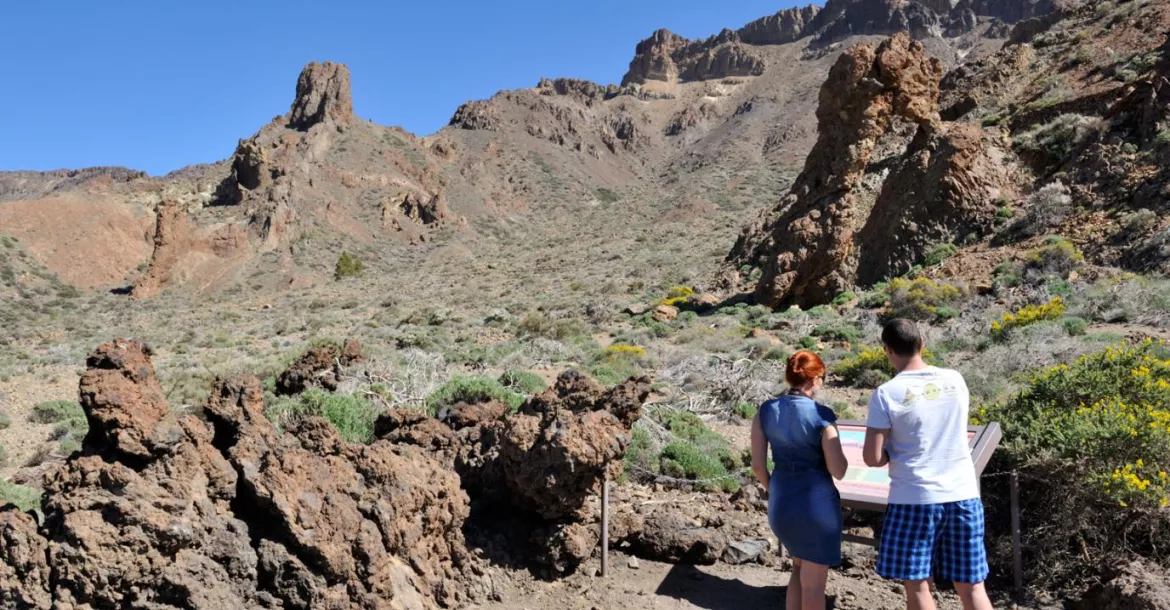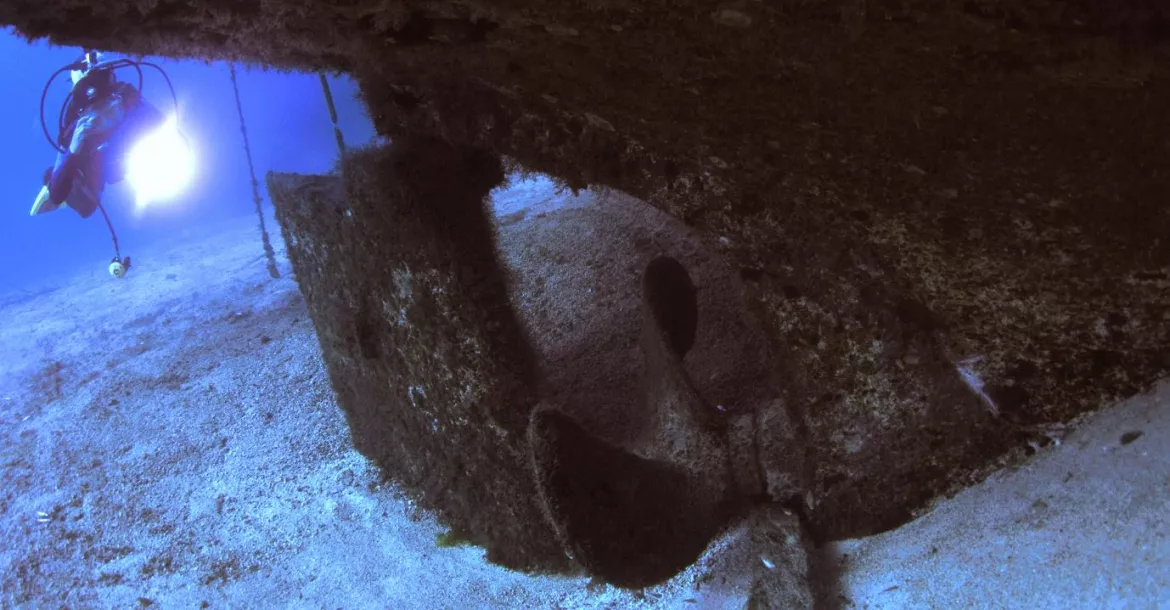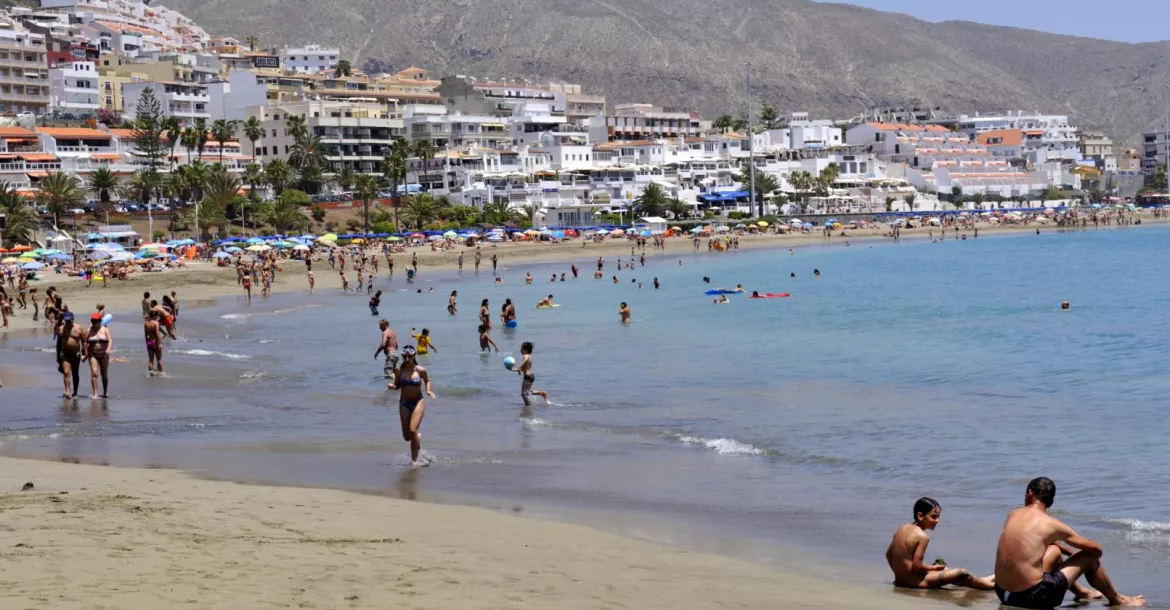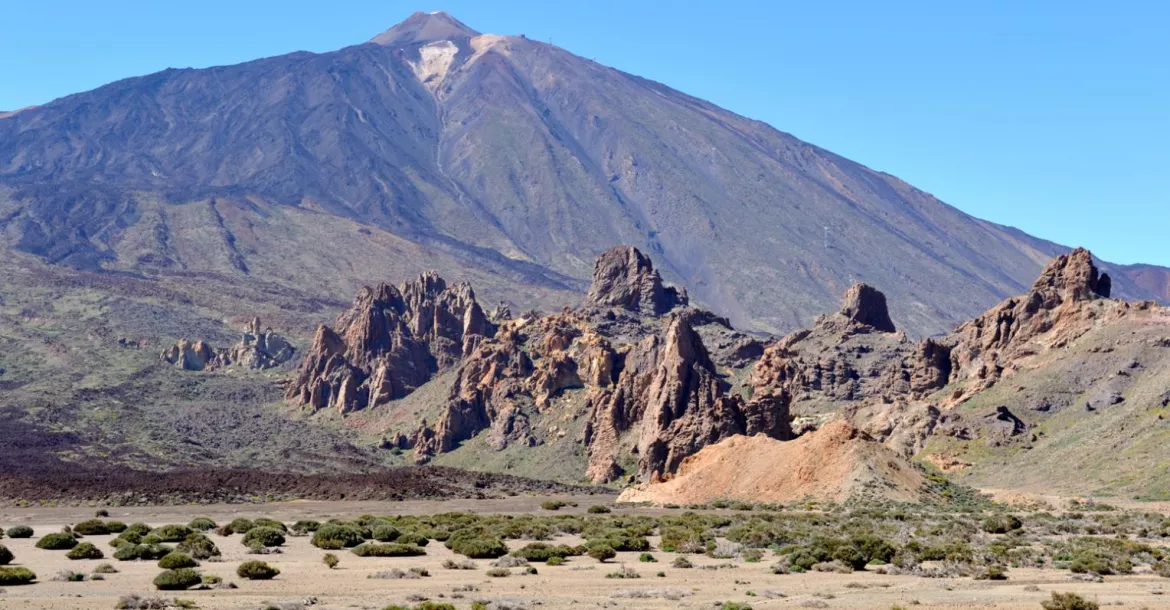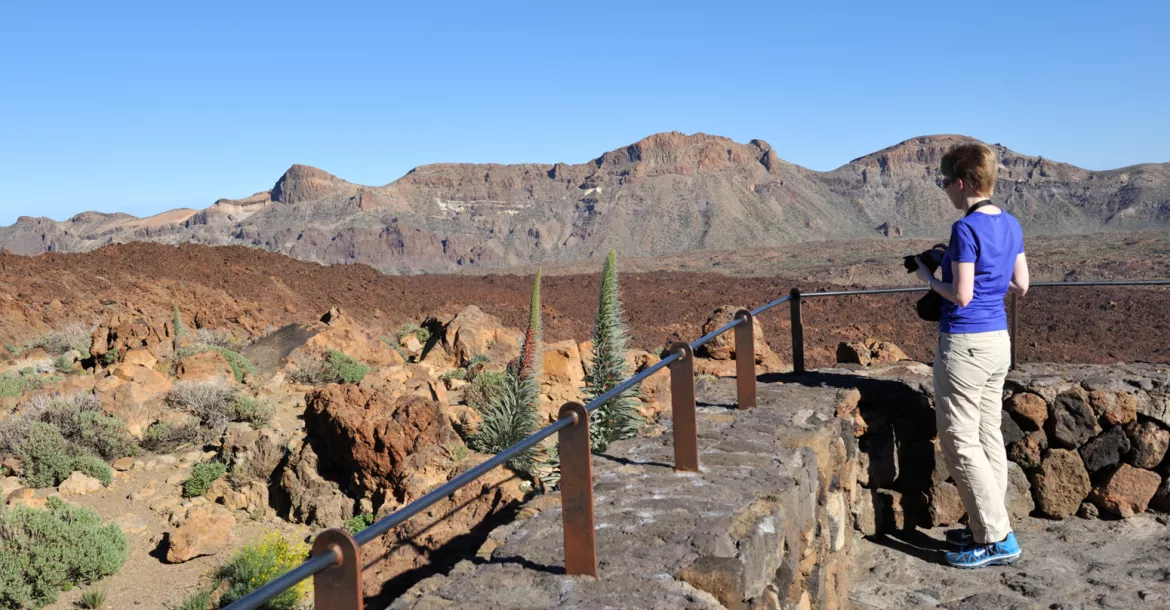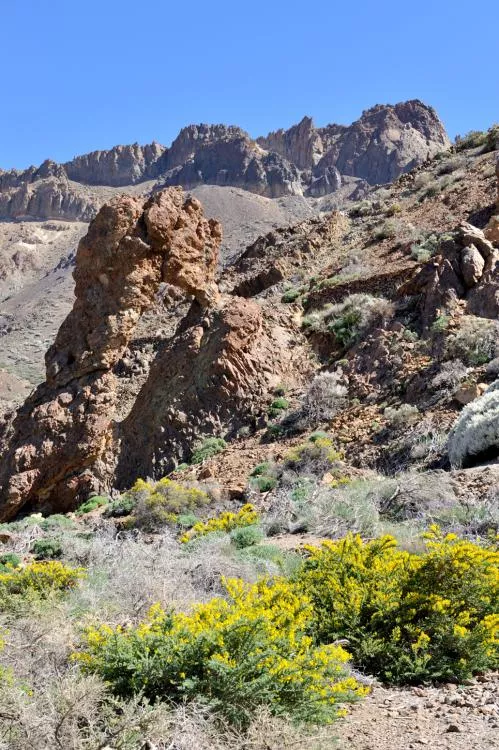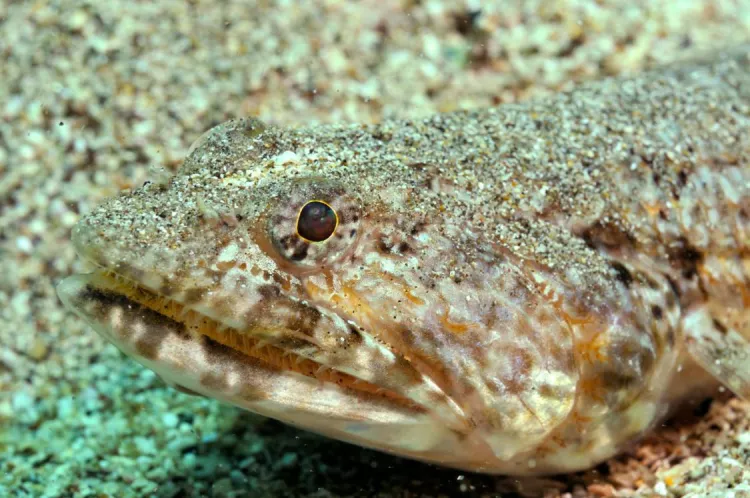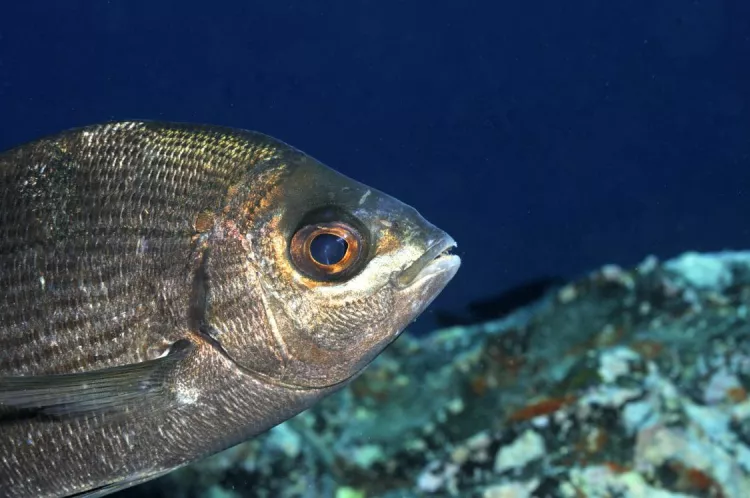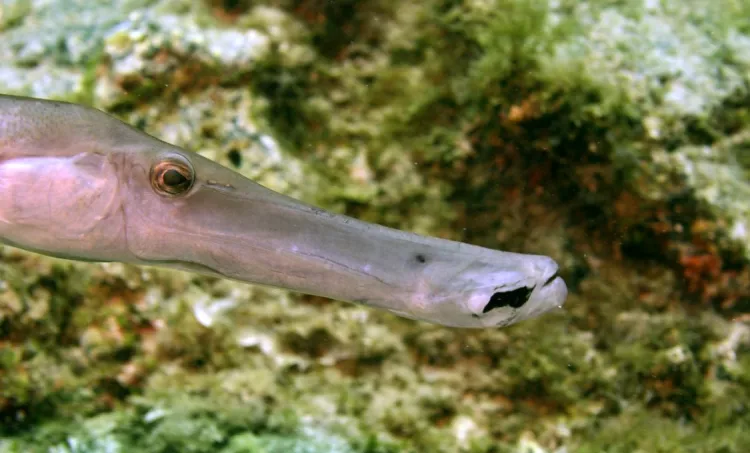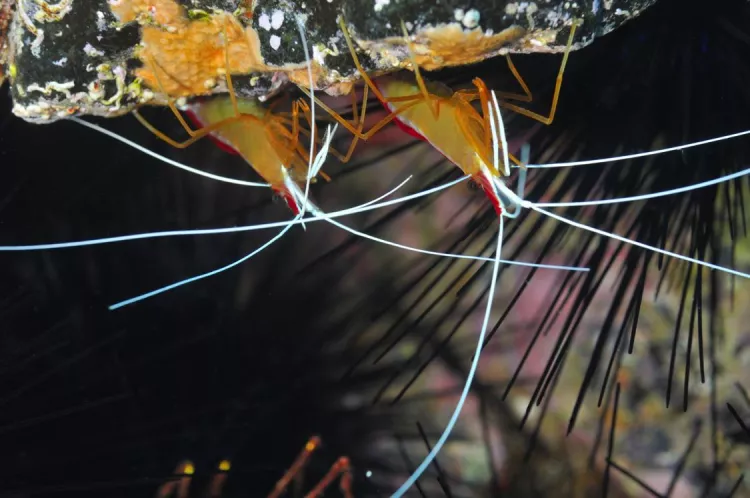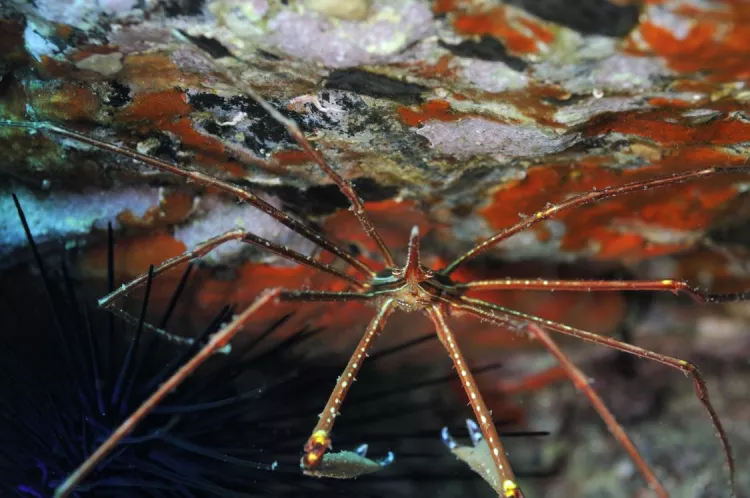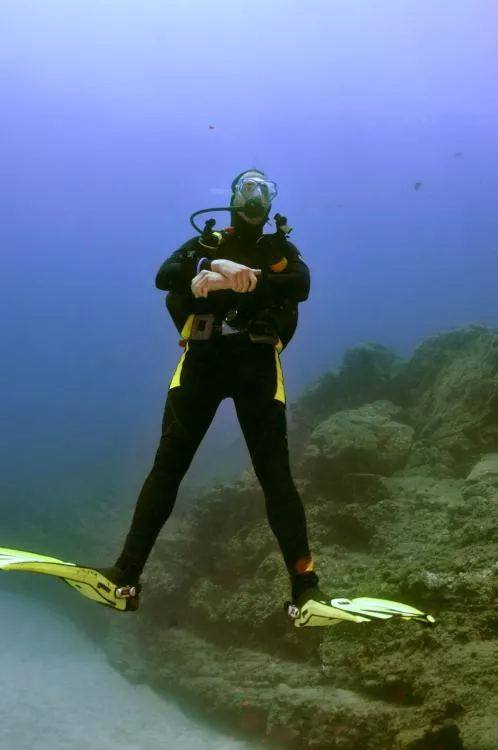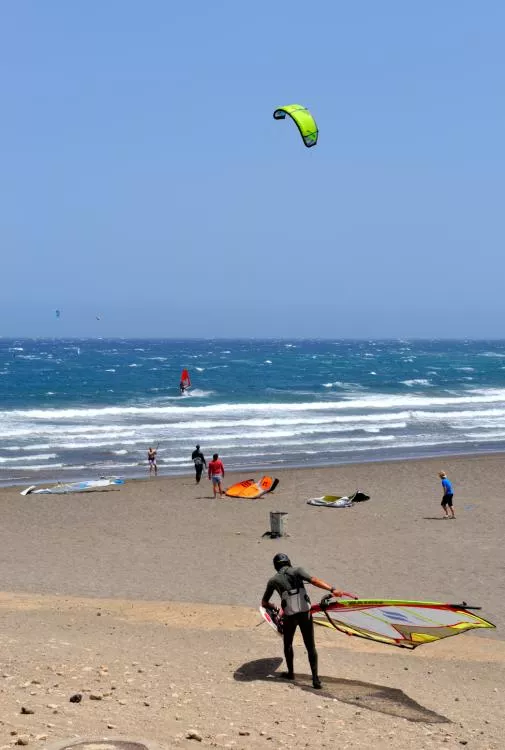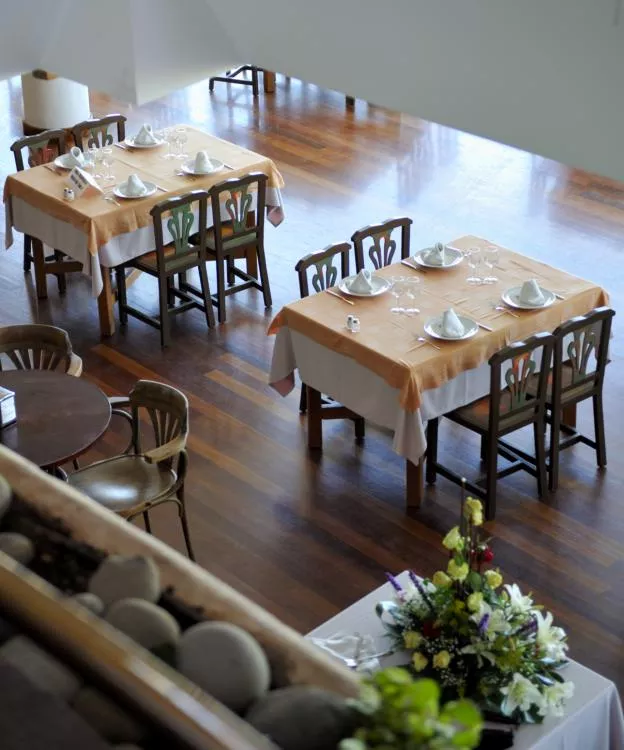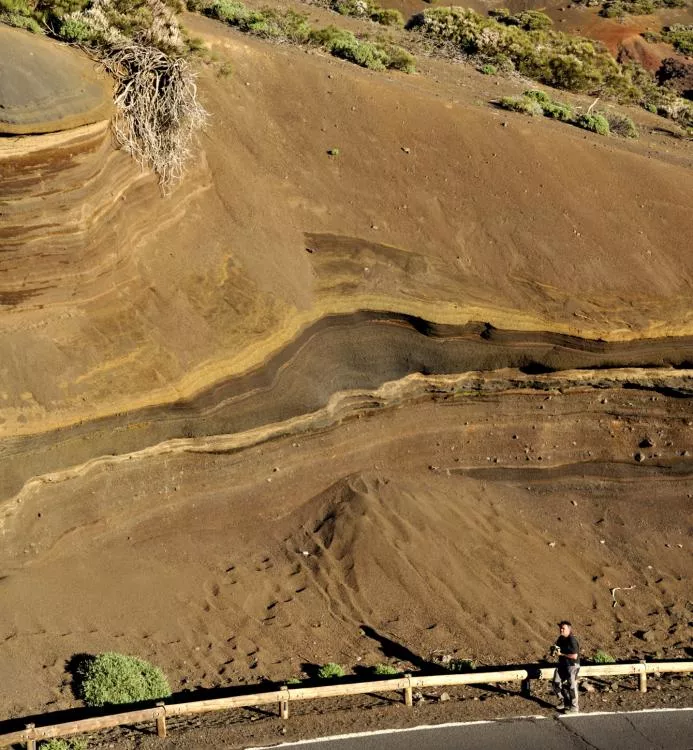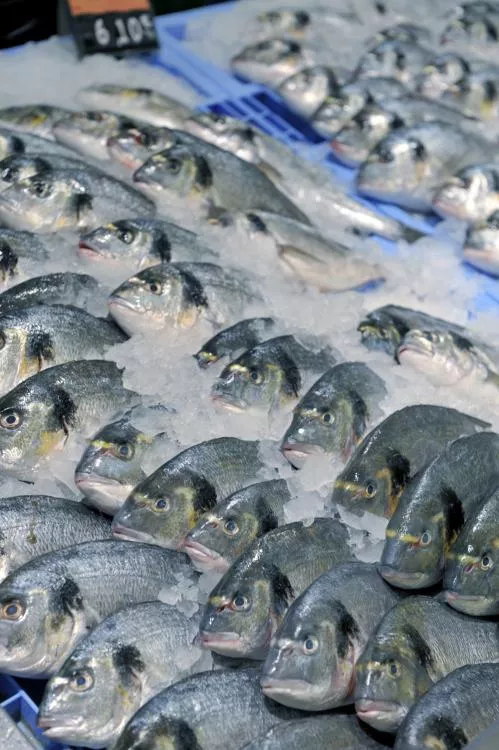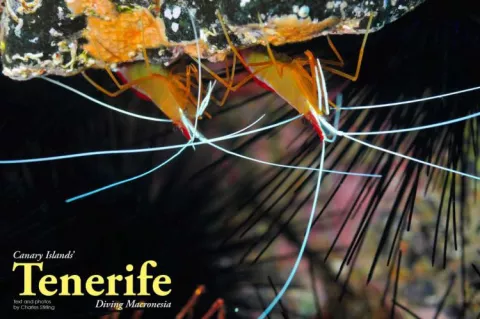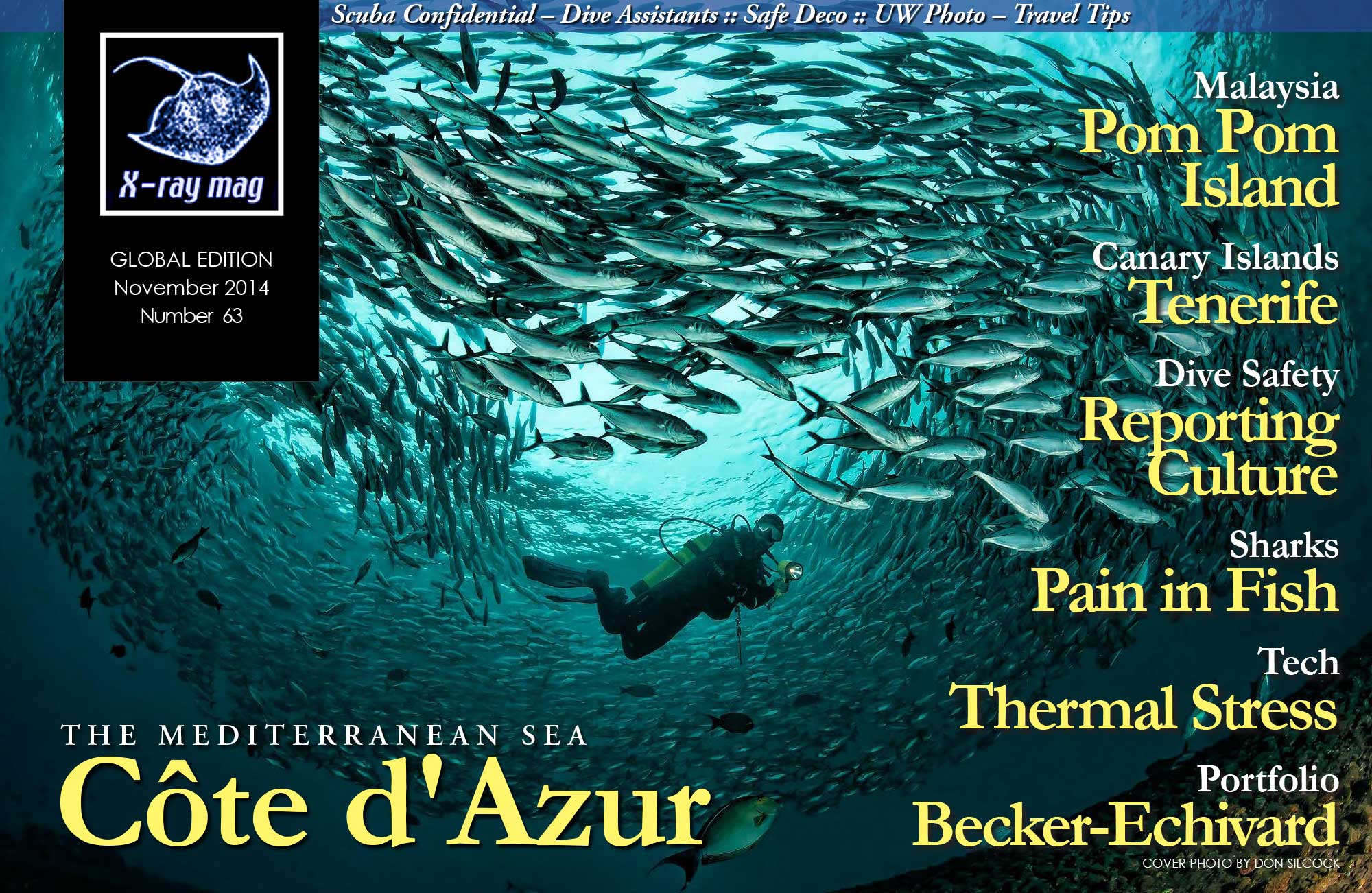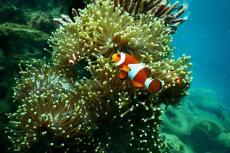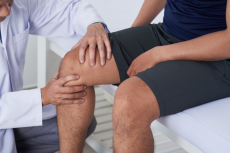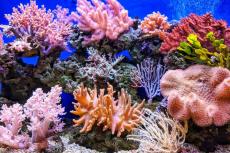Most of us in Europe know of Tenerife, but many in North America won’t have heard of it. It’s one of those sunshine locations that isn’t too long a European flight for warmth, sun and reliable weather—easy to reach with economy airlines from many United Kingdom and European airports. It’s the largest of the Canary Islands, part of Spain, but off the coast of Africa on the same longitude as Western Sahara and Morocco.
Contributed by
From the Americas, it may be less expensive flying to mainland Europe, then on. It’s become the main vacation hub in the Canary Islands, with five million visitors last year. It has, or at least has had, the reputation of being a party location, with cheap, slightly substandard accommodations in package holidays. Does its old reputation still hold, and more importantly, how is the diving?
I first dived in Tenerife in January 1998 and have been back diving a few times. It has over 300 days a year of sunshine, with a summer that’s not too hot and a warmish winter, which brings in the tourists—while the diving plus point is all-year-round diving, with very few days blown out. It’s reliable, it’s affordable.
I’m not one for package holidays, though at times, they do seem good deals. In Britain and throughout most of Europe, packages offering very cost effective visits are available, which can then have independently booked diving linked in. Here, I booked independently. I flew with EasyJet from my local airport, as EasyJet doesn’t have a weight limit for carry-on bags (only size) so I could safely take my underwater camera housing. I wanted the reliable diving weather, but also a location in which my partner and dive buddy, Jenny, could do interesting non-diving activities if her recurrent ear-clearing problem—a damaged Eustachian tube—flared up.
Tenerife’s nature
Tenerife is a temperate water location situated in the central Atlantic Ocean. It is a volcanic island; there are no coral reefs, no large diversity of tropical fish, not many wrecks, but interesting topography and marine life. The water is too cool in winter to support coral. During my trip, in early May, the water temperature was 19ºC, just up from its lowest—territory for a good wetsuit.
The comments one might hear will be about the lack of marine life, these comments seem to me partly due to the contrast between tropical and temperate locations. It may also reflect that “reliable diving” aspect, as operators are used to being called upon for teaching—students can book and know they can do training—so dive centres haven’t worked to develop the marine life appreciation. It might be that Tenerife’s sheer reliability is almost the downfall for great diving. There isn’t the thinking and work done yet to develop its own special aspects, as was the case for “muck diving” in Southeast Asia. There seems to be scope to develop specialist diving in addition to the now-happening technical and rebreather areas.
Tenerife is very environmentally aware and protective on land and also of its resident and visiting cetaceans. They’re just not quite fully with it on all of the marine life. For example, some fish like the grouper—which evidently is very tasty—seem less common than they were. Grouper eat sea urchins and would help to control the over-abundant sea urchin population—in so doing, reduce their overgrazing, allowing larger fish populations, which eat seaweeds, to thrive.
If one believes advertising, fisherman have found the island’s marine life appealing, as it is said to offer “some of the best angling on the planet”. Yes there is a lot of fishing in Tenerife with fish counters and dinner plates showing what we might have seen underwater. Grouper maybe too often end up on the dinner table. More protected marine zones would be a real move forward, and if handled properly, would probably be helping the fishing as well as the diving, but that’s a discussion for another time.
Lodging
Considering my buddy’s potential ear problem, we booked diving with Aqua-Marina right in the middle of the tourist hot spot of Las Americas/Los Cristianos, so if Jenny couldn’t dive, she wouldn’t be isolated. I was a bit apprehensive about being in the middle of a tourist area, but it proved fine—not all just candy floss. Yes, it was touristy—much like Sharm El Sheikh—yet offering a vast range of activities, the legacy of the package holiday era updated with what’s new.
Our accommodation was a good-sized, reasonably priced, self-catering apartment organized by and near the dive centre. Quality was okay, but the lodgings needed a bit of minor repair. Tenerife has a very wide range of accommodation options from self-catering apartments to one-star and luxury five-star hotels, all inclusive deals, camping, villas and more. Besides activities the tourism tradition provides a wide range of accommodations, food and drink. This is particularly true in the Las Americas/Los Cristianos region in the south of Tenerife but has moved along the seafront in both directions. Going just slightly outside this resort area, the touristy side wanes somewhat and local customs, history and geography do come in.
Topside activities
Take your pick of activities of both water sports and land: diving (of course), parascending, flyboarding, windsurfing, whale and dolphin watching, sailing, fishing, golf, horse riding, quad bikes, push bikes (even a pedalling free 22-mile ride), mountain bikes, walking and hiking trails, wine sampling, paragliding, Segway tours, plus night clubs, casinos, bars and rather a lot more including theme parks and kids adventures.
So there are lots of choices when not diving. Hiring a car does make it quicker and easier to do non-diving activities. The roads are good and well signposted. A drive up through Teide National Park is one very worthwhile excursion either by hire car or organized tour; it can even be done on a quad bike tour. The road reaches an altitude over 2,500m so it is not one to do immediately after diving. The volcanic landscape and views are stunning. Car hire here does have its sharks, but I booked through AutoReisen, which had good online reviews and proved problem-free.
Alternative underwater activities
As divers we see the underwater world in an up-close sort of way, non-divers can snorkel, but two activities here offer a different experience—BOB dives and a trip in a yellow submarine. The BOB dives are effectively an underwater scooter with a “Breathing Observation Bubble”. The driver’s head goes in the air-filled acrylic bubble, with the air ....
(...)

